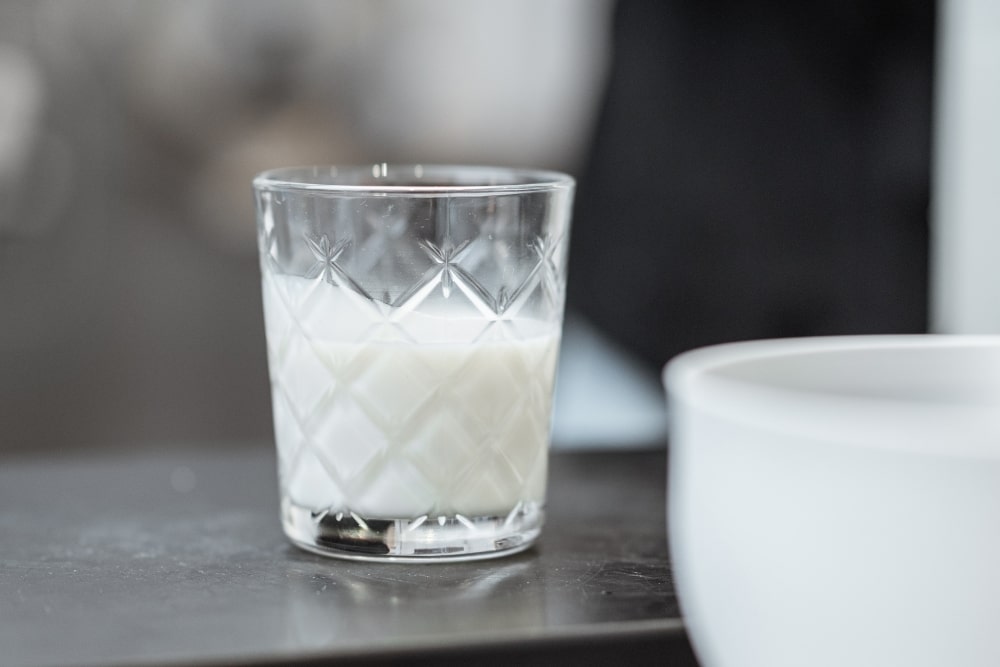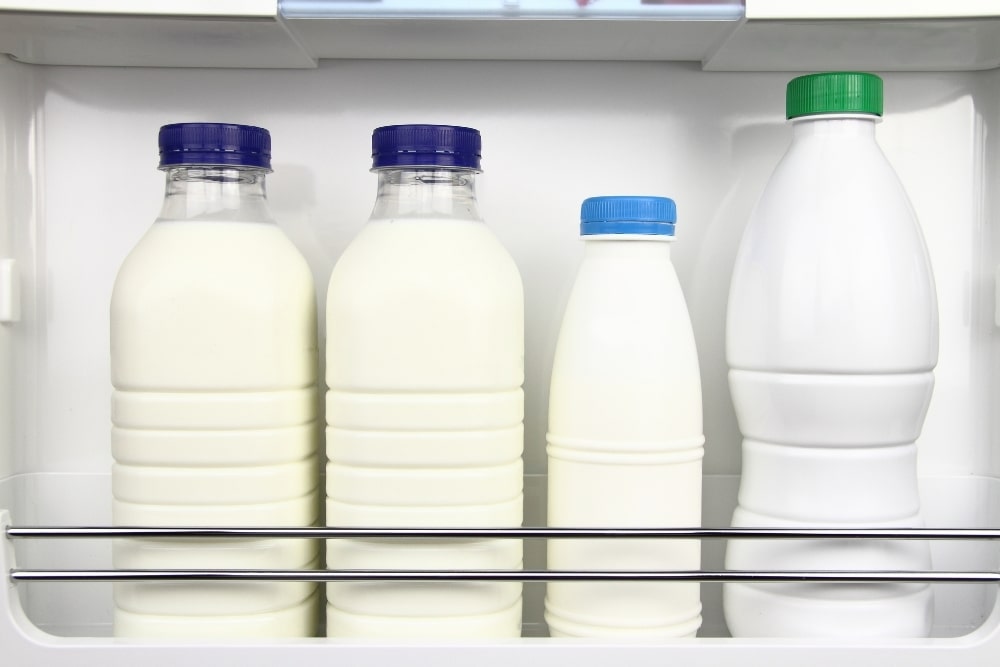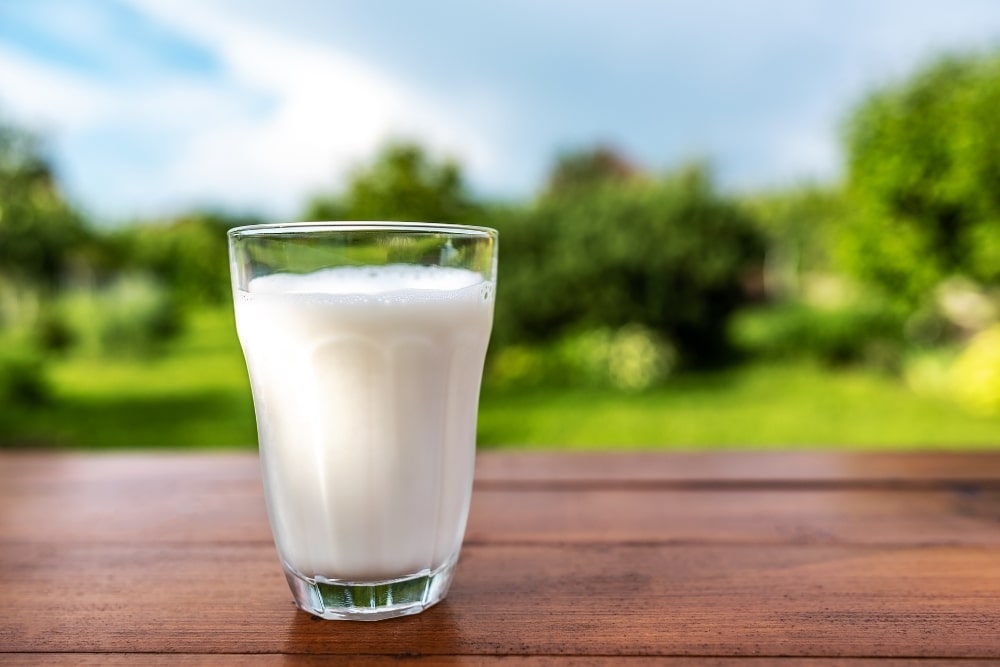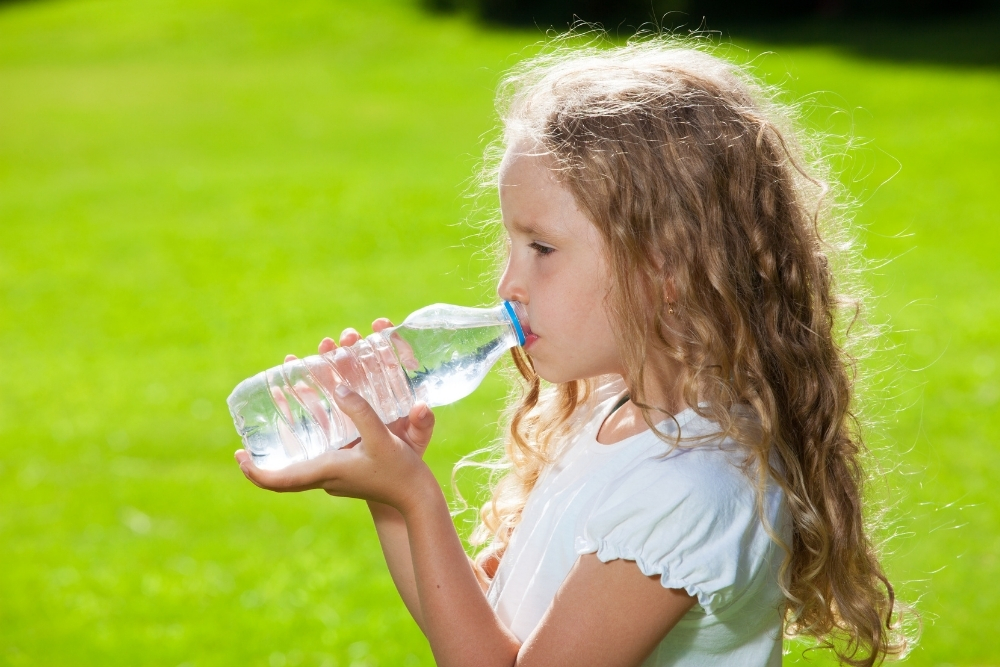If you’ve just discovered the spoiled milk in your baby’s sippy cup didn’t get tossed out but rather ended up being gobbled down by your little one, don’t topple over with worry.
Many kids before yours have drunk spoiled milk, and many children after your child will come to drink spoiled milk at least once in their lifetime.
As much as we try to stay on top of this parenting stuff, it’s a full-time job, and along with parenting our little ones, there is still a lot of other parenting-tasks we have to do as well.
So, let’s just admit it – washing out sippy cups becomes one of the priorities near the end of the to-do list.
I mean – you can always grab a new one out for tomorrow or even buy a new one inexpensively. Am I right? Sippy cups and bottles are practically the number one lost item in a household where toddlers and babies reside.
So, if you’re little one got ahold of their old sippy cup just know that it happens to the best of us.
Your child will likely be okay, as long as copious amounts of spoiled milk weren’t consumed or there wasn’t some superbug evolving in the cup from another form of bacteria that was introduced to the milk at some point
What is curdled milk and how does milk spoil in the first place?
Children drinking spoiled milk is not unheard of, in fact, it’s not even rare. Young kids get ahold of old sippy cups laying around on the car floorboard all the time.
You seriously don’t have to worry, spoiled milk is the result of a bacterial imbalance in the milk. There are various types of healthy bacteria and even lactose actively present in milk.
When milk is left in the fridge for too long, the lactose will, unfortunately, get eaten by a bacteria called Streptococci – shortly after this starts – the PH balance in the jug of milk will offset.
View in gallery
Milk that has lost its lactose context results in sour-smelling and rancid tasting milk
An offset PH balance in a jug of milk surely means that the acidity levels are on the rise.
After the PH balance is becoming more acidic and less alkaline, what comes next will cause any adult to question the quality of their milk but probably not a child.
When that same milk in the fridge beyond that initial PH balance offset, then a bacteria called Lactobacilli will join in on the decaying process.
Now that the Lactobacilli is slowly indulging in any lactose that was otherwise left – the end result is cow’s milk that has an incredibly sour taste and rancid smell.
You might be able to recognize sour milk in this first step of the rancid process but you couldn’t expect a child to know rotten milk before it has curdled
If you were to taste the spoiled milk at this point, it would be sour to the taste and you would know that it’s gone bad. Yet, if a child drinks the milk at this point, they might not recognize the sour taste or smell included with the milk.
Since the milk is technically still a liquid at this point, and really only the bacteria and acidity level has been altered – it can still be sipped through a small hole at this point. Sippy cups are the perfect hiding spot for milk that’s just starting to go rancid.
After the PH balance of the milk is out of balance then comes the curdling process
Cheese is good, and cheese is technically curdled milk – right? Well, sort of, except when companies make cheese – the environment is clean prior to the curdling process.
Cheese is made in a well-controlled environment – which poses less risk for harmful bacteria to become dominant in the concoction.
When milk curdles in your fridge, it is nothing like making cheese. Even though Lactobacilli is a very important piece of cheesemaking, which is also the main culprit in curdled spoiled fridge milk.
View in gallery
Acidic milk might be nasty to handle but it’s certainly not deadly on the other hand milk that is beyond this point might have Bacillus which is harmful
At the point of lactobacilli completely taking over the used-to-be milk it’ll probably be pretty nasty to smell or taste – though spoiled milk in this form is not really harmful to the body.
It’s a step past your mil becoming more acidic that you need to watch out for. No one likes to dump out or pick up a jug of chunky used-to-be milk – yuck!
For good reason, milk in the chunkiest form could potentially have other bacteria or even yeast growing in or on it, which can be harmful.
Room temperature spoiled milk takes on a completely different cycle to spoilage
Since the fridge keeps the harmful bacteria in milk at bay, as it stays relatively cold – any milk that’s left outside of the fridge is a completely different concoction. Milk left out in the heat of the day can produce yeast fairly quickly.
Harmful bacteria can begin growing in a cup of milk that’s left inside the house as well, but milk left out inside an air-conditioned house will probably be okay a bit longer than milk in a sippy cup outside on a summer day.
The environment that the milk is left out in plays a significant role in how quickly the milk starts to sour.
Keep in mind that milk in today’s world already doesn’t have a lot of the natural bacteria present in fresh milk – since it undergoes a process called pasteurization.
When milk is left out around the house bacteria that is around the house can begin developing too. These bacteria will feed off of the spoiling milk, and create new causes of concern.
Milk generally begins to spoil after being left out for at least 2-hours
Milk that’s left out isn’t the worst thing your child can get into during the day. It’s more-so just a gross thing for them to consume. Though, it probably won’t hurt your child if rotten milk happens to be consumed.
Starting from the time that the milk gets left out, it will set a timeframe of how long it has before it’s completely spoiled. According to Usdairy.com, milk is optimal to drink prior to the 2-hour mark if it gets left out on the counter.
View in gallery
Milk left sitting out starts to diminish in quality after around the 2-hours mark. If you know about when the milk got left out, you can sort of have a limited prediction of much of the aging process has started.
What is the difference between spoiled milk and sour milk?
You might hear the term ‘sour milk’ used by some bakers and in recipes online. Sour milk is different than spoiled milk. Milk that is ‘spoiled’ refers to milk that has gone bad, and has bacteria in it that has overgrown or gone out of balance.
Sour milk refers to milk that is unpasteurized or in-other-words raw and has begun to ferment naturally.
Sour milk has been used in recipes for many years, and even though most people use milk that has undergone the pasteurization process few folks may use raw milk for certain age-old recipes.
Ultra high-temperature milk(UHT) can sit at room temperature for days or weeks without going bad
On the other hand, there is milk that is highly pasteurized too. This milk is called UHT milk or ultra-high pasteurized milk, in some countries, UHT milk is commonly used.
You might find it in your local grocery store stored in boxes on the shelves, for sale in the dry goods section. If you’ve ever seen milk it’s likely that it is ultra-pasteurized milk.
Milk that has undergone extensive pasteurization will have slim to none of the bacteria present that enables the spoiling process.
What’s the worst reaction that my toddler can have from drinking spoiled milk and what should I do if it happens?
If your child has only consumed a small amount of spoiled milk, this might not cause any symptoms at all. The body is pretty likely to not end up sick at all from just a cup or so of spoiled milk.
Yet, if your child somehow got ahold of a large amount of rotten milk – any of the following symptoms could appear – upset stomach, vomiting, or diarrhea.
In reality, drinking too much-spoiled milk will result in food poisoning-type symptoms. Food poisoning happens when rotten food or bacteria has entered the body, even young children can end up with food poisoning.
If your little one seems to vomit after having spoiled milk, or any symptoms of food poisoning – keep an eye on your child for worsening symptoms like fever or dehydration due to vomiting while hydrating them.
View in gallery
There isn’t a lot you can do for food poisoning outside of trying to keep your little one hydrated and brushing their teeth after vomiting. Put on a few good movies, and hope that things get better with rest.
In Conclusion
Your child drinking a bit of spoiled milk isn’t the worst thing that can happen in a day.
You’ll just need to be sure to keep your little one hydrated if there comes a time when they drink rotten milk and they end up feeling sick or vomiting afterward.
Sour or rancid milk is realistically only gross to handle and comes with a terrible taste – yet if your kid gets ahold of it by accident and sips on it, they probably won’t even notice that it’s gone bad.
Milk can only sit out for about 2-hours before it starts transforming out of the best state for consumption.
You don’t have to throw out milk that has sat out just over this 2-hour mark, but, any milk that has been left out after 8-hours or overnight, should be thrown out immediately.
Keep your child hydrated if they end up throwing up from rotten milk – which is about all that you can do.
Keep their environment relaxed, comfortable, and nourishing foods available to them for the duration that they aren’t feeling well. Just remind them that it happens, and other kids have been through this too.
It’s likely that it’ll pass within a day or less – if your child ends up feeling sick from a cup of rotten milk.
Sources
Spoiled Milk – Dad Fixes Everything
Drinking Spoiled Milk By Accident – Baby Public






